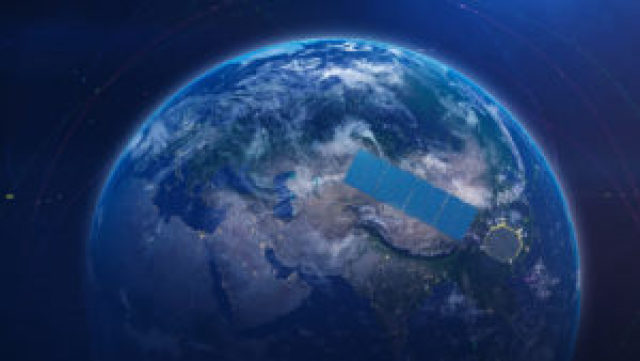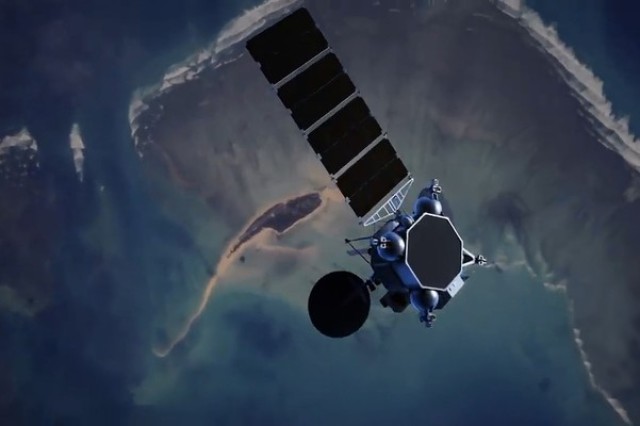Russian Space Systems Holding (RKS, part of the State Corporation ROSCOSMOS) has completed work on improving multi-zone scanning devices for advanced hydrometeorological satellites of the Electro-L and Arktika-M series as part of the development of on-board systems for remote sensing of the Earth [...] . "Meteor-M" and "Canopus" .
In 2020, flight tests of the Electro-L No. 3 spacecraft, equipped with modified survey equipment, confirmed the high efficiency of the new radiation cooling system for infrared photodetectors. New solutions have provided stable cooling of photodetectors to temperatures of 80-82 K, which allows obtaining high-quality images. These developments are planned to be used in the manufacture of instruments for the following satellites of the Electro-L and Arktika-M series.
The chief designer of the direction of Yuri GEKTIN :

In November, the Electro-L No. 3 satellite was put into regular operation. Thus, the domestic system of hydrometeorological geostationary satellites was launched in orbit for the first time – the second "Electro-L" is located over the Atlantic, and the third – over the Indian Ocean. This significantly expands the capabilities of the entire Russian hydrometeorology.
In 2020, in JSC "NPO Lavochkina" was delivered and successfully passed comprehensive tests of the survey equipment for the promising satellite "Arctic-M" No. 1, the launch of which is scheduled for 2021.
In addition, in JSC "VNIIEM Corporation" has delivered equipment for the Meteor - M spacecraft No. 2-3, which is also planned to be launched in 2021. This device is the first to implement the system of on-board refocusing of shooting equipment in all thermal channels during the flight, which has also already passed all ground tests.
RKS specialists also worked on the modernization of the shooting equipment of the following Canopus series devices – an additional channel was added, with the help of which the efficiency of infrared image decoding will be increased. Thanks to the additional spectral channel, visual perception and analysis of images will be simplified. At the same time, the efficiency of equipment for fire detection, as well as for the study of northern ice sheets and the detection of cracks in ice fields will increase, which is especially important when conducting ships along the northern Sea route. Advanced devices will be able to shoot at dusk and in the conditions of the polar night without loss of quality.

